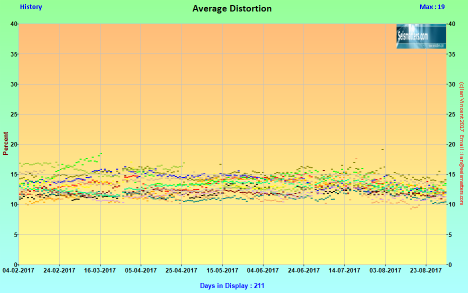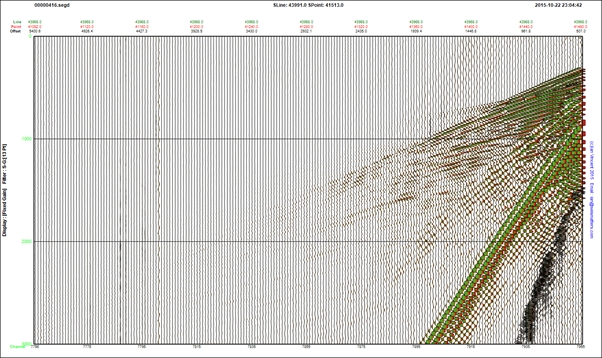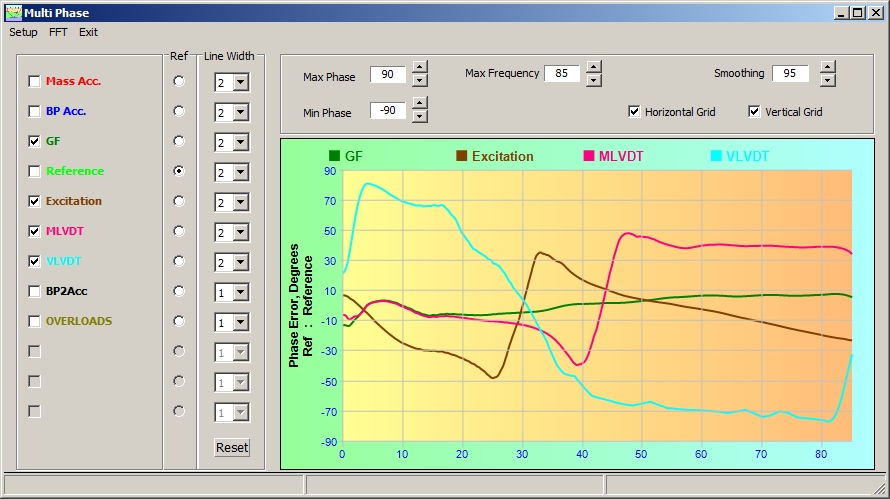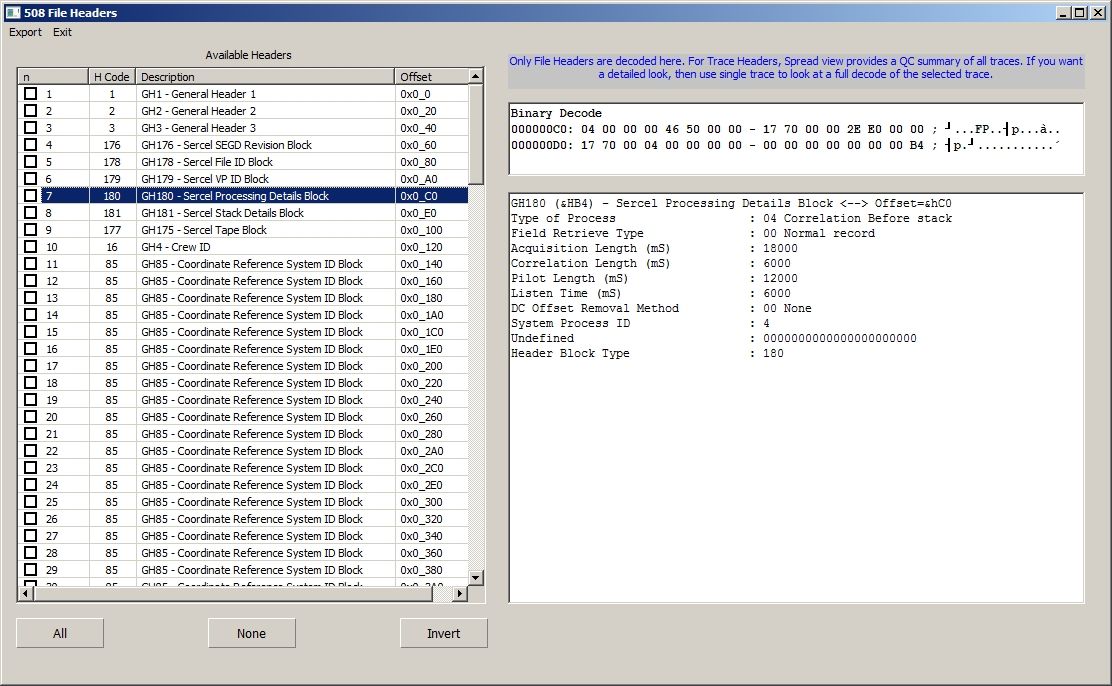Anyone who was in Bangkok in the 80s and involved in the oilfield would probably have known the Cock and Bull/Joker Club on the corner of Sukhmvit Soi 19.
Some may have met Peter Ernhjelm, the Swedish Owner.
Sadly Peter died early this month at 76 years old. He had been bedridden for some time after a stroke several years ago.
Peter was quite a character, and there are many good stories to be told about him. One involving a pig, but that is best told by people who knew him better than I. One that does stick in my mind though, is from about a dozen years ago on a visit to Laos.
At the time, Peter was the manager/part owner of the Taipan Hotel in Vientiane. It had a quiet, but very nice bar.
Peter was a connoisseur of Vodka, and quite capable of consuming vast amounts of it.
One of his favourites was a black Vodka, that he made by adding Anise or Licorice or some such. It was actually quite nice in small amounts.
The problem this time was that he had run out of the secret ingredient, but that didn’t stop him.
I remember him proudly pulling out a bottle with a lot of black sediment in it and then sheepishly explaining that the sediment was Laser-jet toner.
I was not interested in trying it, but I had to ask him what it was like.
In his dry, almost expressionless Swedish accent he says “It is not too bad”
So there you have it, vodka and laserjet toner as an aperitif.
His funeral was at Wat Meechai Tung in Nong Khai on the 11th May. It was a small turnout, but respectable given the short notice.
He will be missed.
On a lighter note, after the funeral, we traveled north and west along the river to Chiang Khan and then south to Loei.
From there west to Phitsanuloak, Sukhothai and Maesot. We had a day in Maesot with a quick trip over to Myawady in Burma.
Both Maesot and Mayawady were a little disappointing. Probably won’t bother going again.

We then headed back to Sukhothai, which was much more interesting. To the west of Sukhothai is an historical park. Well worth the visit. It is easy to spend a day there. Bicycles can be rented for the princely sum of 30 Baht per day – and to get around it all, you need one.

About 50Km north is another large historical site, but we didn’t have time to get there. Maybe next year.
After Sukhothai, a night in Phitsanulok, with a visit to the Wat Cham/old palace ruins – there is a new museum there which explained the history of the area, and Wat Phra Sri Rattana Mahatat Woramahawihan, which is highly revered.

And then back to Bangkok.
More pictures here:
Myawady:
http://seismatters.com/coppermine/thumbnails.php?album=98
Phitsanulok:
http://seismatters.com/coppermine/thumbnails.php?album=99
Sukhothai:
http://seismatters.com/coppermine/thumbnails.php?album=100










































